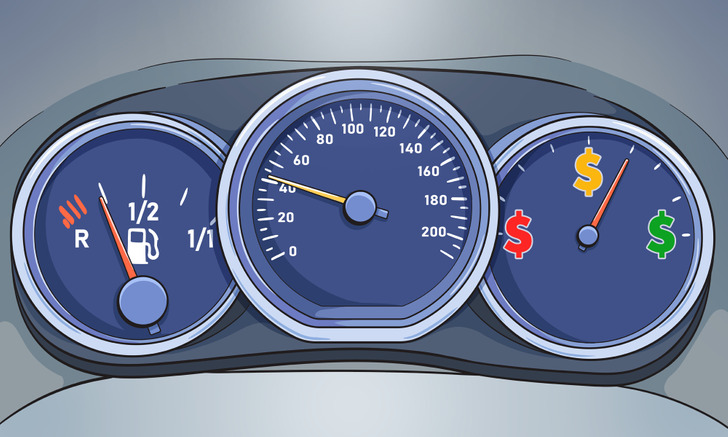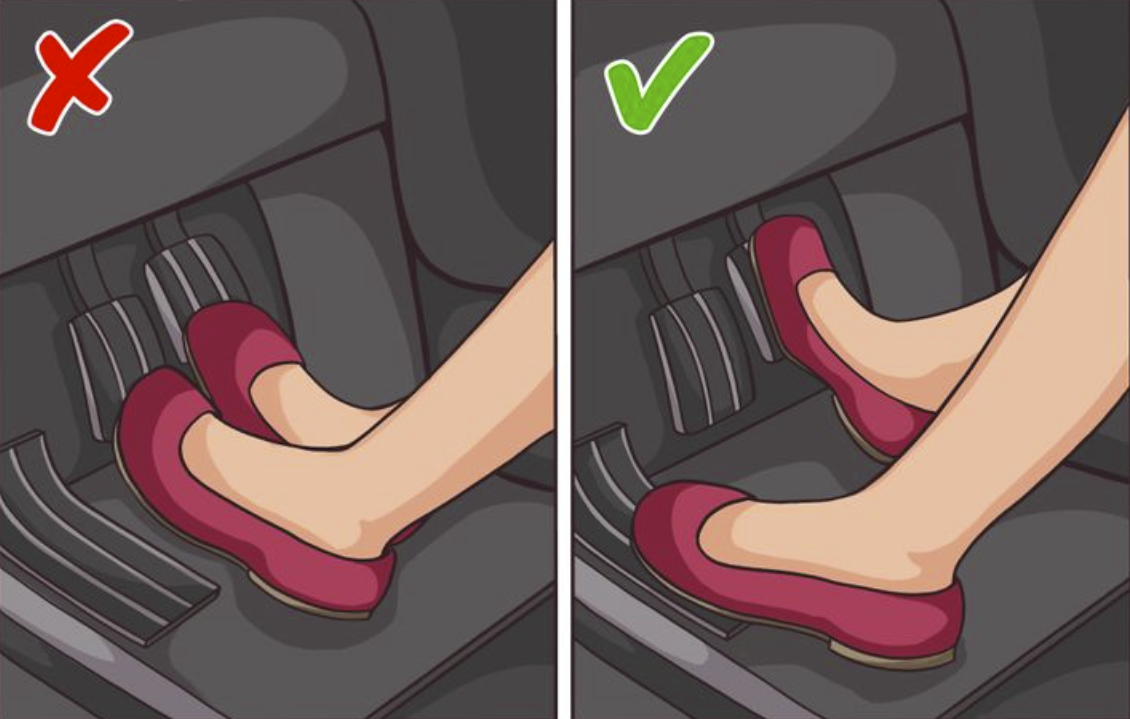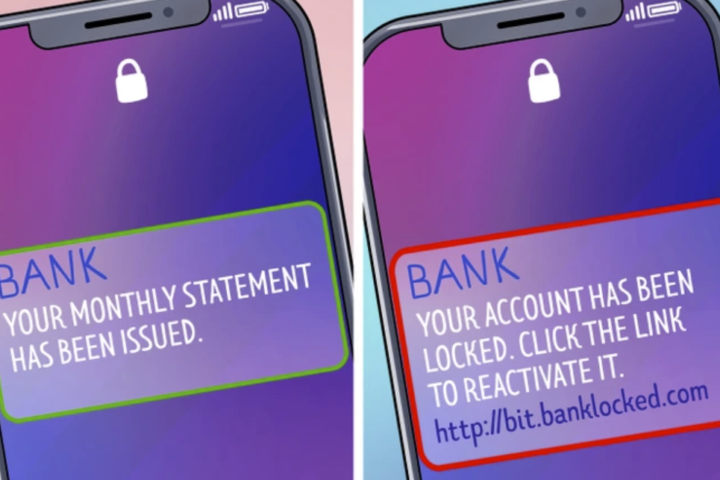With gas prices constantly fluctuating and environmental concerns on the rise, saving gas while driving has become more important than ever. Whether you’re a daily commuter or planning a long road trip, adopting fuel-efficient driving techniques can help you save money, reduce carbon emissions, and contribute to a greener future. This time, you’ll explore 10 tips on how to save gas while driving, so you can make your driving experience more eco-friendly and budget-friendly.
1. Maintain Proper Tire Inflation
One of the simplest yet often overlooked ways to save gas while driving is to ensure that your tires are properly inflated. Underinflated tires can increase fuel consumption by creating more resistance, making your engine work harder and burn more fuel. On the other hand, properly inflated tires can improve your vehicle’s fuel efficiency by reducing rolling resistance and allowing your engine to operate more efficiently.
To check your tire pressure, refer to your vehicle’s owner’s manual for the recommended psi (pounds per square inch) and use a reliable tire pressure gauge. It’s best to check your tire pressure at least once a month and before long trips. If your tires are underinflated, add air until they reach the recommended level. Proper tire inflation not only saves gas but also extends the lifespan of your tires, making it a win-win situation for both your wallet and the environment.
2. Drive Smoothly and Avoid Aggressive Driving
Your driving style can significantly impact your fuel consumption. Aggressive driving behaviors such as rapid acceleration, hard braking, and speeding can consume more fuel, decrease your gas mileage, and put unnecessary strain on your vehicle’s engine. To save gas while driving, aim to drive smoothly and avoid aggressive driving habits.
When starting from a stop, accelerate gradually and avoid revving the engine. Use gentle pressure on the gas pedal and maintain a steady speed, especially on highways. Avoid unnecessary lane changes and sudden braking, as these actions can decrease your vehicle’s fuel efficiency. Anticipate traffic flow and use your brakes sparingly by coasting to a stop whenever possible. Not only will driving smoothly help you save gas, but it will also make your driving experience more comfortable and safer.
3. Use Cruise Control on Highways
Using cruise control on highways can help you maintain a consistent speed and save gas by optimizing your vehicle’s fuel efficiency. When you drive at a constant speed, your engine doesn’t have to work as hard to maintain that speed, resulting in lower fuel consumption.
Cruise control is most effective on flat and straight highways, where you can maintain a constant speed for an extended period of time. However, it’s important to remember that cruise control may not be suitable for all driving conditions, such as in heavy traffic, hilly terrain, or during inclement weather. Always use cruise control responsibly and pay attention to the road conditions to ensure safe driving.
4. Avoid Idling and Unnecessary Warm-Ups
Avoiding idling and unnecessary warm-ups can also help you save gas while driving. Idling your vehicle consumes fuel without getting you anywhere, and unnecessary warm-ups can waste gas as well. Modern vehicles are designed to be driven shortly after starting, so there’s no need to let your engine idle for long periods of time to warm up.
If you need to stop for more than a minute, such as at a traffic light or in a drive-thru, consider turning off your engine to save gas. Restarting your engine uses less fuel than idling for an extended period of time. Additionally, avoid unnecessary warm-ups in the morning by driving gently after starting your vehicle, rather than letting it idle to warm up. The engine warms up faster when the vehicle is in motion, and you’ll start saving gas right away.
5. Keep Your Vehicle Well-Maintained
Regular vehicle maintenance is crucial for optimal fuel efficiency. Keeping your vehicle well-maintained can help you save gas while driving by ensuring that your engine is running smoothly and efficiently. Follow your vehicle’s recommended maintenance schedule, which typically includes oil changes, air filter replacements, spark plug replacements, and other important checks.
Regular oil changes with the recommended oil viscosity can help reduce friction in your engine, resulting in better fuel economy. A clean air filter allows for better airflow, which can improve fuel efficiency, while worn-out spark plugs can cause poor combustion and lower gas mileage. Additionally, keeping your tires properly aligned and balanced, and using the recommended grade of motor oil can also contribute to better fuel efficiency.
6. Reduce Drag and Weight
Reducing drag and excess weight from your vehicle can help you save gas while driving. Drag refers to the resistance that your vehicle faces as it moves through the air, and reducing drag can improve your vehicle’s fuel efficiency. Keep your windows closed when driving at high speeds to reduce wind resistance and use your vehicle’s aerodynamic features, such as a rear spoiler or wind deflectors, if available.
In addition, avoid carrying unnecessary weight in your vehicle as it can increase fuel consumption. Clean out your trunk and remove any unnecessary items that add extra weight to your vehicle. The lighter your vehicle, the less effort your engine needs to move it, resulting in better fuel economy.
7. Use the Right Fuel
Using the right fuel for your vehicle and adhering to speed limits can also impact your fuel consumption. Check your vehicle’s owner’s manual to determine the recommended fuel type and use it consistently. Using a higher-octane fuel than necessary does not improve your vehicle’s performance and can be a waste of money.
In addition, driving at higher speeds requires more energy and can decrease your vehicle’s fuel efficiency. Follow posted speed limits and drive at a moderate, consistent speed to save gas. Avoid unnecessary speeding or aggressive driving, as they can significantly impact your fuel consumption.
8. Use Eco-Friendly Driving Technologies
Many modern vehicles come equipped with eco-friendly driving technologies that can help you save gas while driving. For example, some vehicles have a “green driving” mode that adjusts the engine and transmission settings for optimal fuel efficiency. Others may have an eco-mode that optimizes various vehicle systems, such as the air conditioning, to reduce fuel consumption.
In addition, some vehicles may have start-stop technology that automatically turns off the engine when the vehicle is idle and restarts it when you press the accelerator. This can help you save gas in stop-and-go traffic situations. Familiarize yourself with the eco-friendly driving technologies available in your vehicle and use them to your advantage to improve your fuel efficiency.
9. Avoid Excessive Use of Air Conditioning
Using air conditioning in your vehicle can increase fuel consumption, especially at lower speeds or in stop-and-go traffic. Avoid excessive use of air conditioning to save gas. Instead, use natural ventilation by opening windows or sunroofs when driving at lower speeds or when the weather permits.
If you need to use air conditioning, set it to the minimum level necessary for your comfort and avoid blasting it at the highest setting. This can help reduce the load on your engine, resulting in better fuel efficiency. Additionally, park your vehicle in shaded areas when possible to reduce the heat inside your vehicle, so you won’t have to rely on the air conditioning as much.
10. Avoid Unnecessary Accessories and Modifications
Installing unnecessary accessories or modifications on your vehicle can increase its weight, drag, and fuel consumption. Avoid adding unnecessary accessories, such as roof racks, cargo carriers, or spoilers, unless they are essential for your specific needs. These additions can create additional drag and reduce your vehicle’s aerodynamics, resulting in lower fuel efficiency.
Similarly, avoid unnecessary modifications, such as lifting or lowering your vehicle, installing oversized tires, or adding aftermarket parts that may not be optimized for fuel efficiency. These modifications can negatively impact your vehicle’s performance and fuel economy. Stick to the manufacturer’s recommendations for your vehicle to ensure optimal fuel efficiency.
Bottom Line
Saving gas while driving is a responsible and eco-friendly approach that benefits both your wallet and the environment. It requires a combination of mindful driving habits, proper vehicle maintenance, and smart planning.
By being conscious of your driving behavior, implementing fuel-saving techniques, and making small adjustments to your driving routine, you can contribute to a greener and more sustainable future. So, follow these tips and start saving gas on your next road trip!









